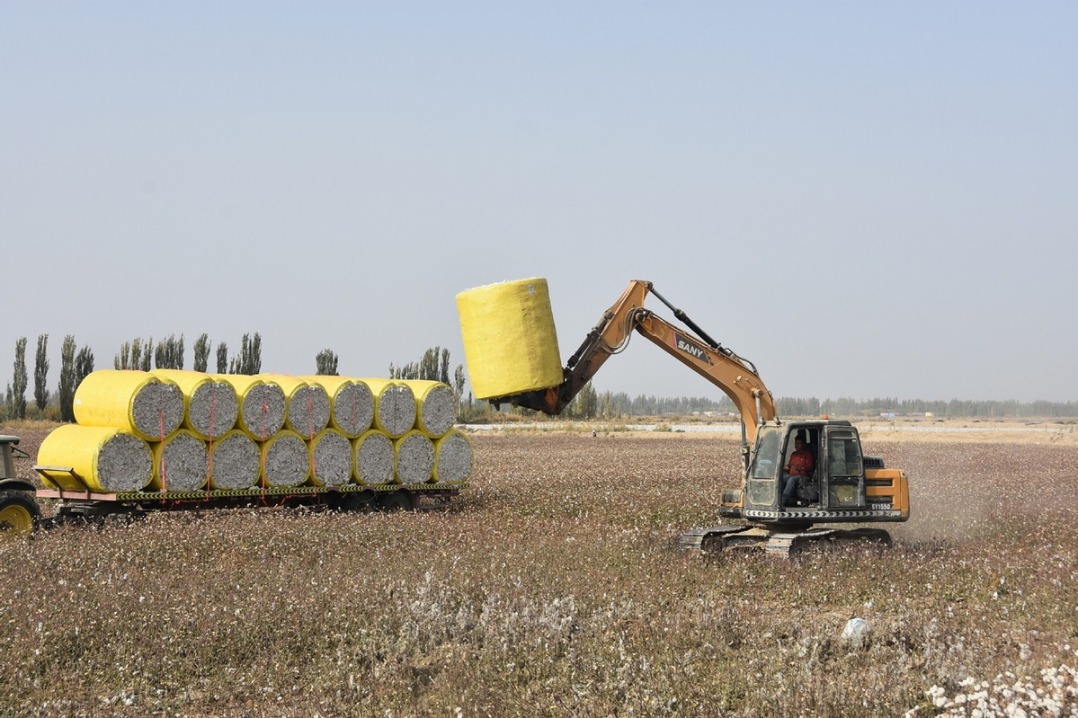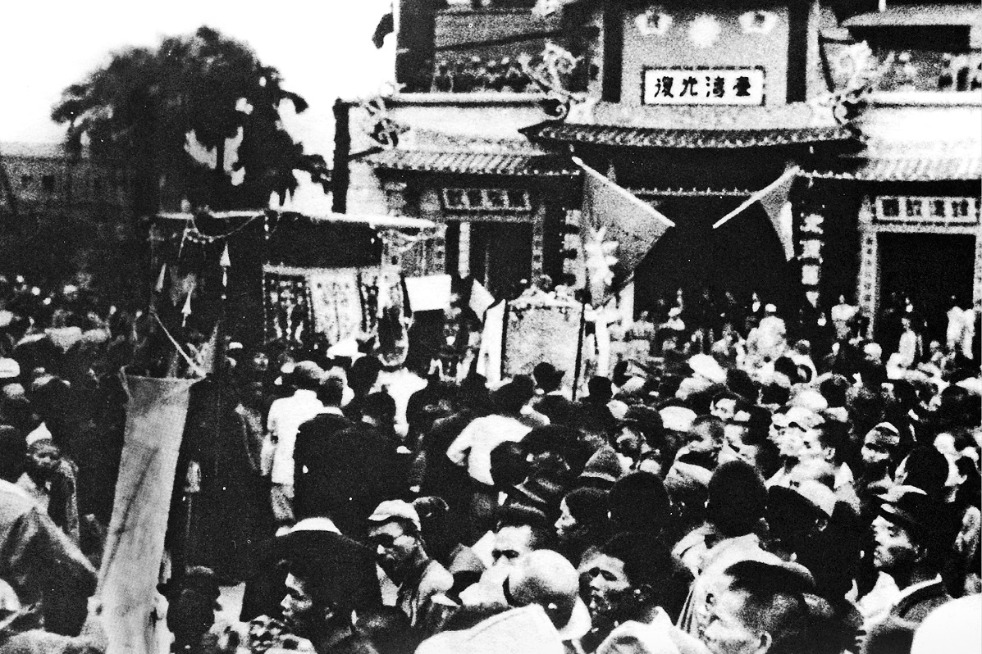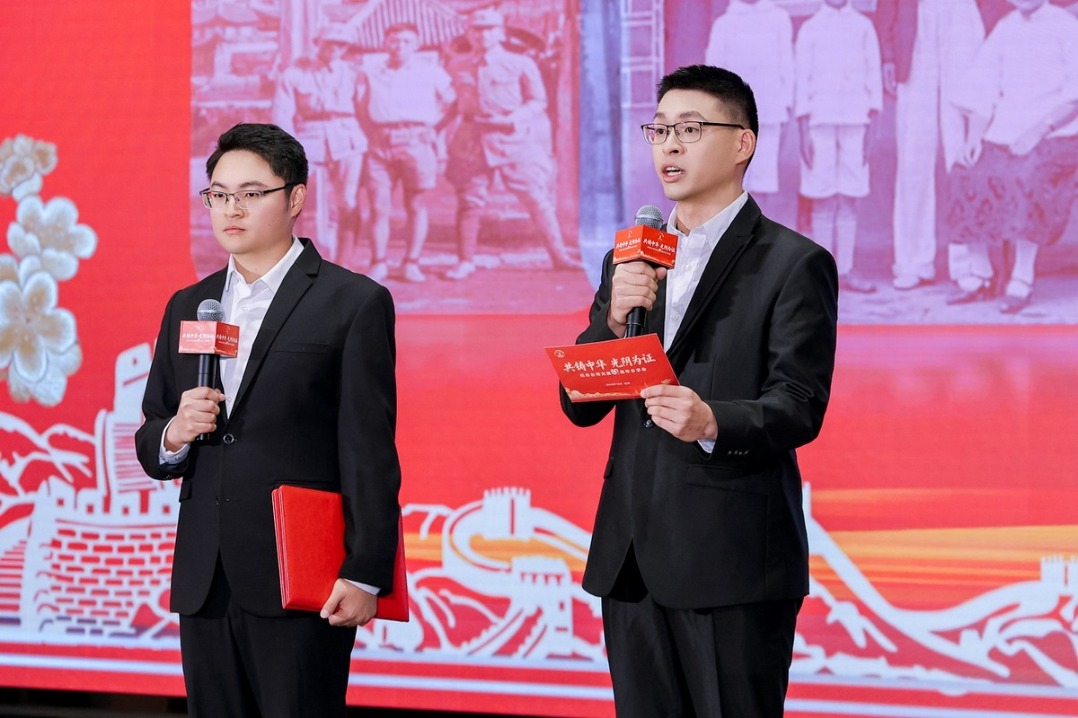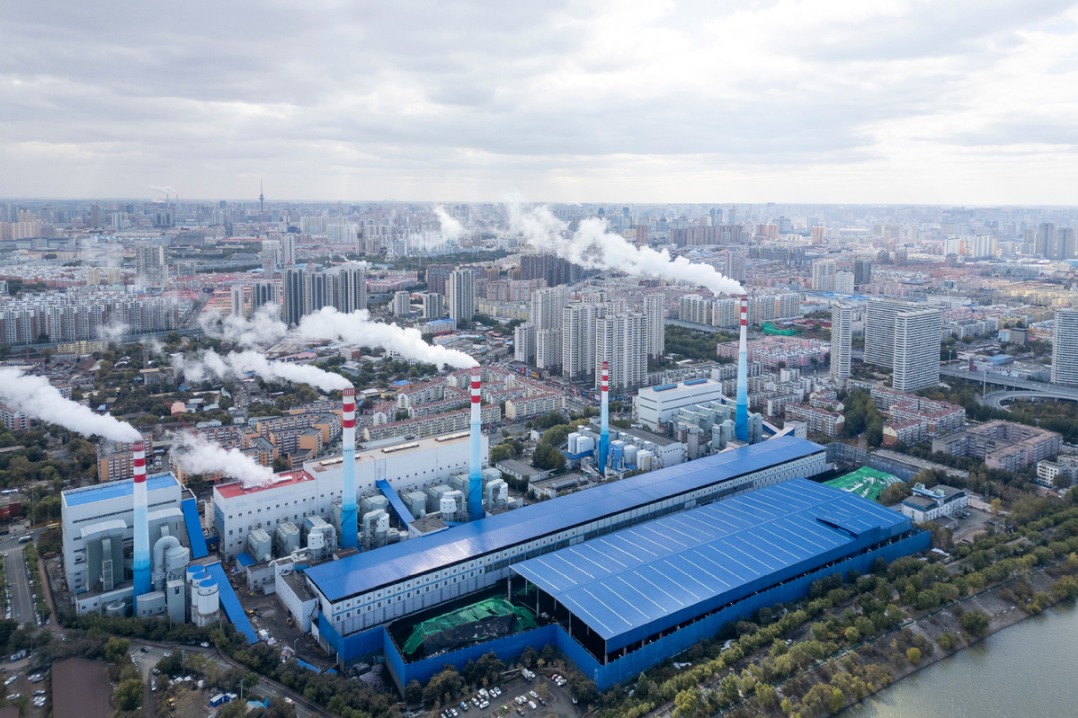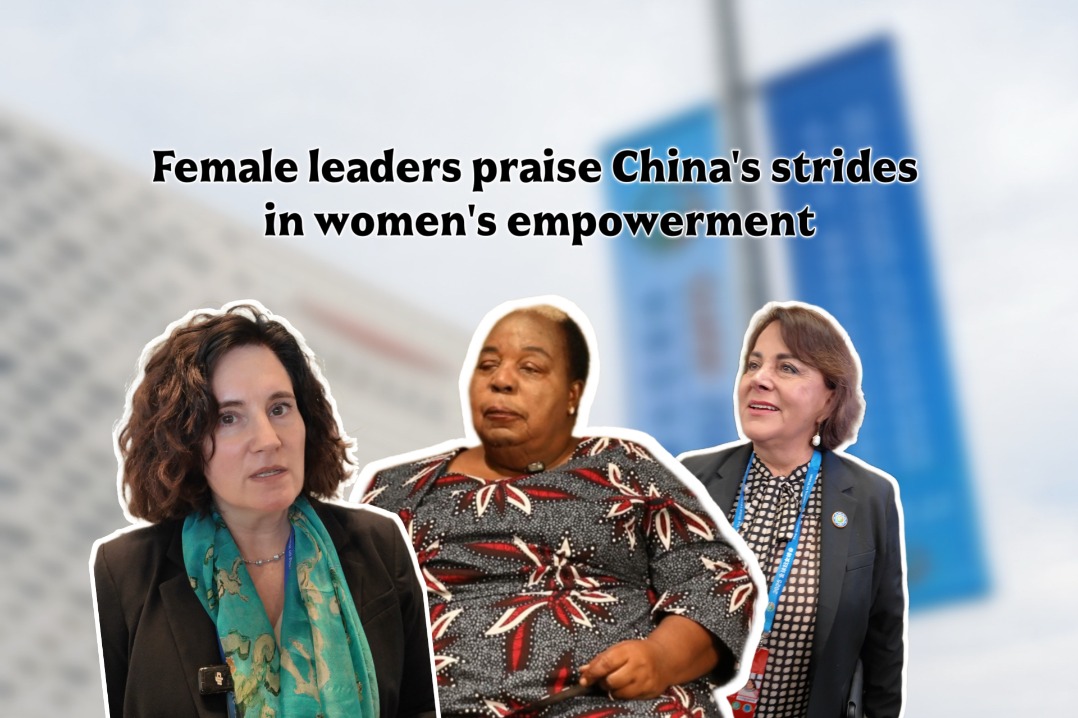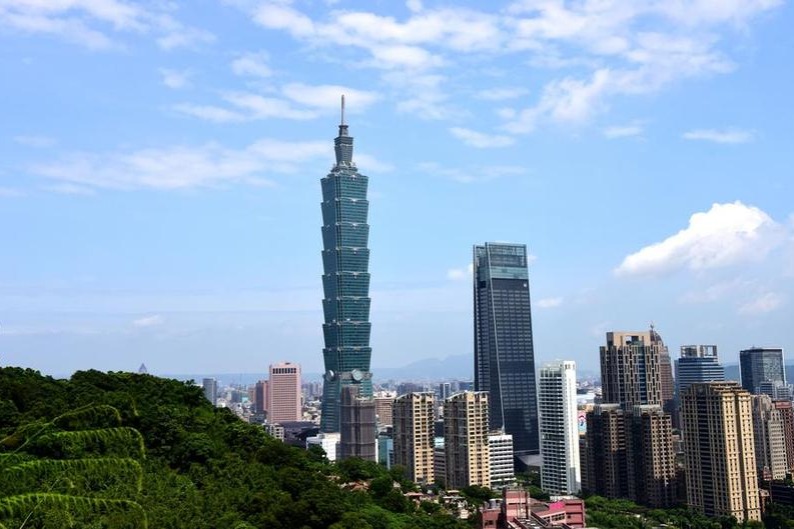Empirical studies on effectiveness of ozone in inactivating novel coronavirus

Editor's note: "Ozone: A Powerful Weapon to Combat COVID-19 Outbreak" is a paper published by Zhou Muzhi, professor of Tokyo Keizai University and head of the Cloud River Urban Research Institute on Feb. 18, 2020, during the early stage of the COVID-19 outbreak (hereinafter referred to as the "February Zhou Paper"). The "ozone fighting pandemic" series breaks down the paper into three hypotheses, and discusses in detail the complicated relationship between ozone and the ecological equilibrium on the earth as well as the mechanism of ozone inactivating the novel coronavirus. In the final piece of the series, the professor focuses on how latest experimental results prove the Hypothesis III that low concentrations of ozone can inactivate the novel coronavirus, and looks to the prospects and projects of fighting the pandemic with ozone.
Can low concentrations of ozone truly inactivate the novel coronavirus as said in the Hypothesis III of the February Zhou Paper?
I. Verification through experiments
Hypotheses require verification through experiments, and for this question, the verification takes three steps. The first is to infer that ozone may inactivate the novel coronavirus; the second is to verify that ozone can truly inactivate it; the third is to verify that low concentrations of ozone can do so.
The effect of ozone in disinfection is not only related to its concentration, temperature, humidity, and exposure duration, but also has a certain relationship with the types of bacteria and virus. Experiments had not yet directly proved whether ozone was effective against the novel coronavirus or not by the publication of the February Zhou Paper, but the experiments led by Professor Li Zelin on ozone inactivating the SARS virus provided valuable references.
In 2003, Li, professor of Beijing University of Technology and an expert of the Ozone Committee of the China Federation of Industrial Economics, headed an experiment at the national P3 laboratory on how ozone kills the SARS virus (hereinafter referred to as "Li's experiment"). The results show that ozone is effective in inactivating the SARS virus inoculated on green monkey kidney cells, and can realize an inactivation rate of 99.22%.
Since the SARS virus and the novel coronavirus are both coronaviruses, and share 80% of genome sequences, the February Zhou Paper makes a bold inference that ozone is equally effective in inactivating the novel coronavirus, and thus can contribute to preventing and controlling COVID-19.
Based on the Hypothesis I that ozone inhibits the overgrowth of microorganisms and maintains the ecological equilibrium on the earth, the Hypothesis II that ozone is the real "hand of God," and the results of Li's experiment, the February Zhou Paper puts forward the Hypothesis III that ozone at as low concentrations as in nature can inactivate the novel coronavirus. It also strongly advocates the extensive use of ozone for disinfection and air purification in human environments.
Three months after the publication of the February Zhou Paper, a research team comprising Professor Toshikazu Yano of Nara Medical University in Japan, et al. verified for the first time in the world on May 14, 2020, that ozone can inactivate the novel coronavirus (hereinafter referred to as the "Yano & Kasahara experiment").
The Yano & Kasahara experiment thus provided evidence for the prerequisite of the Hypothesis III of the February Zhou Paper; however, it adopted relatively high concentrations of ozone – 6 parts per million (ppm) and 1 ppm – only applicable in unmanned environments.
Six months after the publication of the February Zhou Paper, a research team comprising Professor Takayuki Murata of Fujita Health University in Japan, et al. verified for the first time in the world on Aug. 26, 2020, that low-dose ozone – 0.05 ppm and 0.1 ppm – is effective against the novel coronavirus (hereinafter referred to as the "Murata experiment").
The Murata experiment provided solid evidence for the Hypothesis III of the February Zhou Paper. In other words, the Hypothesis III that low concentrations of ozone can inactivate the novel coronavirus was verified through scientific experiment.
More valuably, according to the results of the Murata experiment, higher humidity can improve the effect of ozone in inactivating the novel coronavirus. It offered solid evidence for the elaborations of the Hypothesis II of the February Zhou Paper that higher humidity can improve the effect of ozone in disinfection, and humidity is an important factor facilitating the inactivation of the novel coronavirus."
The occupational exposure limits for ozone concentration defined by the Japan Society for Occupational Health and the safe ozone threshold set by the National Health Commission of China are both 0.1 ppm. Now that the Murata experiment has verified that ozone at concentrations of 0.05-0.1 ppm can inactivate the novel coronavirus, it means that ozone can be popularized to fight the pandemic in a safe and effective manner under current standards. Despite so, I suggest that the standards be relaxed to a certain extent to further improve its inactivation effect.
Based on the evidences from the Yano & Kasahara experiment and the Murata experiment, I made some supplements to the February Zhou Paper, and published a longer one titled "Measures Against the Novel Coronavirus by Using Ozone" in Japan in December 2020.
2. Opportunities lie in crisis
Along the process of studying ozone application in inactivating the novel coronavirus, the communication with Zhang Yue, president of BROAD Group, has been thought provoking. Since the COVID-19 outbreak in January 2020, we have been discussing online about using ozone for disinfection purpose. Zhang is among one of the first advocates for its application, but has not yet drawn much attention from society. I also see people's misunderstanding and caution against ozone use from my discussion with domestic and overseas atmospheric scientists as well as based on related research studies. Therefore, I decided to clarify the deeply misunderstood ozone by systematically summarizing its intricate characteristics, because only after eliminating the misunderstanding can its application be facilitated.
At the most critical moment of the outbreak in Wuhan, BROAD Group donated a large number of air purifiers with ozone generating function to hospitals there, including the Huoshenshan Hospital, the Leishenshan Hospital, and other makeshift ones. I followed up their use in two makeshift hospitals – Qingshan and Nanmu, where BROAD Group installed 22 TB100 (ozone generating capacity: 1g/h/unit), 35 TA2000 (ozone generating capacity: 7g/h/unit), and 12 TD5000 (ozone generating capacity: 14g/h/unit) electrostatic air purifiers with ozone generating function that it had donated or the hospitals had purchased. The devices were put into use upon the opening of the hospitals. Though makeshift hospitals converted from stadiums have high risks of potential nosocomial infections due to the large number and high density of patients and medical workers, the novel coronavirus did not infect any medical worker engaged in medical activities there according to the monitoring report by on-site BROAD employees. So to speak, ozone should have played a great role.
The publication of the February Zhou Paper led to a small upsurge in China in the use of ozone against the COVID-19 outbreak, and air purifiers with ozone generating function were sold out of stock at that time; however, ozone attracted much less attention as the outbreak eased in China. Japanese researchers continued studying it though, leading to the Yano & Kasahara experiment and the Murata experiment that provided evidences for the hypotheses of the February Zhou Paper. Japanese, European, and American manufacturers also launched a number of great ozone products, making ozone no longer a dangerous thing to avoid in those countries now. Some manufacturers even began to add the inactivation effect of ozone on the novel coronavirus to their product advertisements, and some producers even directly cited my advocacy of using ozone to fight COVID-19 in the February Zhou Paper as an endorsement of their ozone technology. These are all progress unimaginable in the past.
Opportunities lie in crisis, and humankind has made major turns and substantial technological progress after each global war or crisis since modern times.
The pandemic adds up to the urgency of pursuing technological progress and opening up new technological paths so that some of those underappreciated in the past can stand out. One typical example would be ozone, which has long been ignored due to bias.
3. Blessing for fighting COVID-19 and improving people's health
A Japanese study concluded that the odds that a primary case transmitted COVID-19 in a closed environment was 18.7 times greater compared to an open-air environment. Therefore, a major anti-epidemic response in Japan is calling on people to avoid confined spaces, crowds, and close contact.
Due to the fear of infections in enclosed spaces, such as offices, classrooms, medical establishments, restaurants, bars, cinemas, theaters, department stores, shopping centers, and public transport facilities, countries worldwide have repeatedly imposed lockdown, shutdown, and school suspension under the threat of COVID-19, and encouraged telecommuting, tele-education, and telemedicine. The Tokyo Olympics even had to play most of its events without spectators.
The Hypothesis III and the Murata experiment show that maintaining ozone concentrations indoors as low as that in nature can effectively inactivate the novel coronavirus without causing discomfort or side effects to people. In other words, using ozone to inactivate the novel coronavirus in human environments can address potential virus infections in indoor spaces, and free people from the fear of confined spaces, crowds, and close contact. Thus, it will be a great blessing.
Whether ozone can take effect in such scenarios heavily depends on our ability to control the concentrations of the volatile gas. High-precision sensors are required to monitor the concentrations and maintain it at a low level indoors; however, the sensors are much too expensive and cost thousands or even tens of thousands of dollars, while inexpensive ones cannot accurately monitor the concentrations.
Therefore, I call for the development of cheap, high-precision ozone sensors in the February Zhou Paper, and look forward to seeing that humankind can control ozone concentrations as cheaply and precisely as they control temperature.
Now, one and a half years after the publication of the February Zhou Paper, I have not seen breakthroughs in such sensors, but many manufacturers have made great progress in controlling ozone concentrations through algorithm on factors like ozone supply, time, and space. At present, many ozone generators in the market can control ozone concentrations indoors well under safe thresholds.
The relationship between ozone and microorganisms demonstrates an exquisite balance among living bodies on the earth. On one hand, without the protection of the ozone layer, microorganisms would be impossible to exist on the earth; on the other hand, ozone exists as a strong oxidizing agent that kills bacteria and viruses.
We need to put aside bias amid regular epidemic prevention and control, and make good use of ozone to fight the novel coronavirus and resume our everyday life despite its threat.
The extensive use of ozone in human environments will not only be a great blessing for our current fight against COVID-19, but also help to create cleaner indoor environments. It is expected to greatly reduce virus spread and infections, improve people's health and increase average life expectancy, and lead to a safer and healthier future for humankind.
- Chinese defense ministry says expelling Australian military aircraft justified, lawful
- Harvest season of cotton starts in Xinjiang
- 4 scientists awarded Shaw Prize in Hong Kong
- 158th joint patrol of Mekong River begins
- Farm work helps autistic youths improve life skills
- History shows two sides fought to be together
















